
How to Use ECX336C: Examples, Pinouts, and Specs
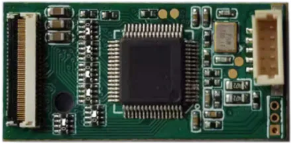
 Design with ECX336C in Cirkit Designer
Design with ECX336C in Cirkit DesignerIntroduction
The ECX336C is a high-performance crystal oscillator manufactured by SONY. It is designed for precise frequency generation in electronic circuits, operating at a standard frequency of 33.333 MHz. This component is widely used in applications requiring stable and reliable clock signals, such as microcontrollers, communication devices, and digital systems.
Explore Projects Built with ECX336C
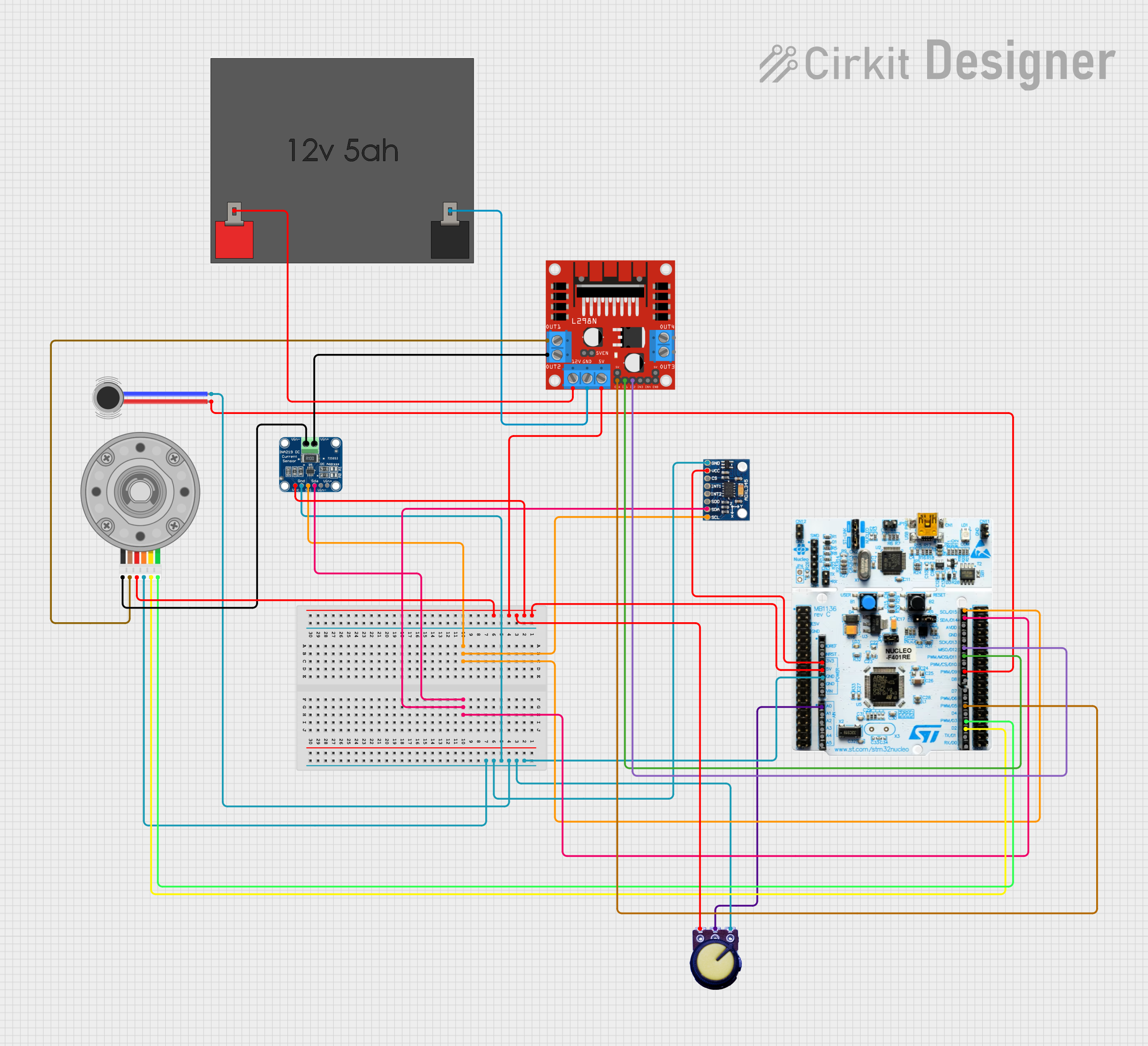
 Open Project in Cirkit Designer
Open Project in Cirkit Designer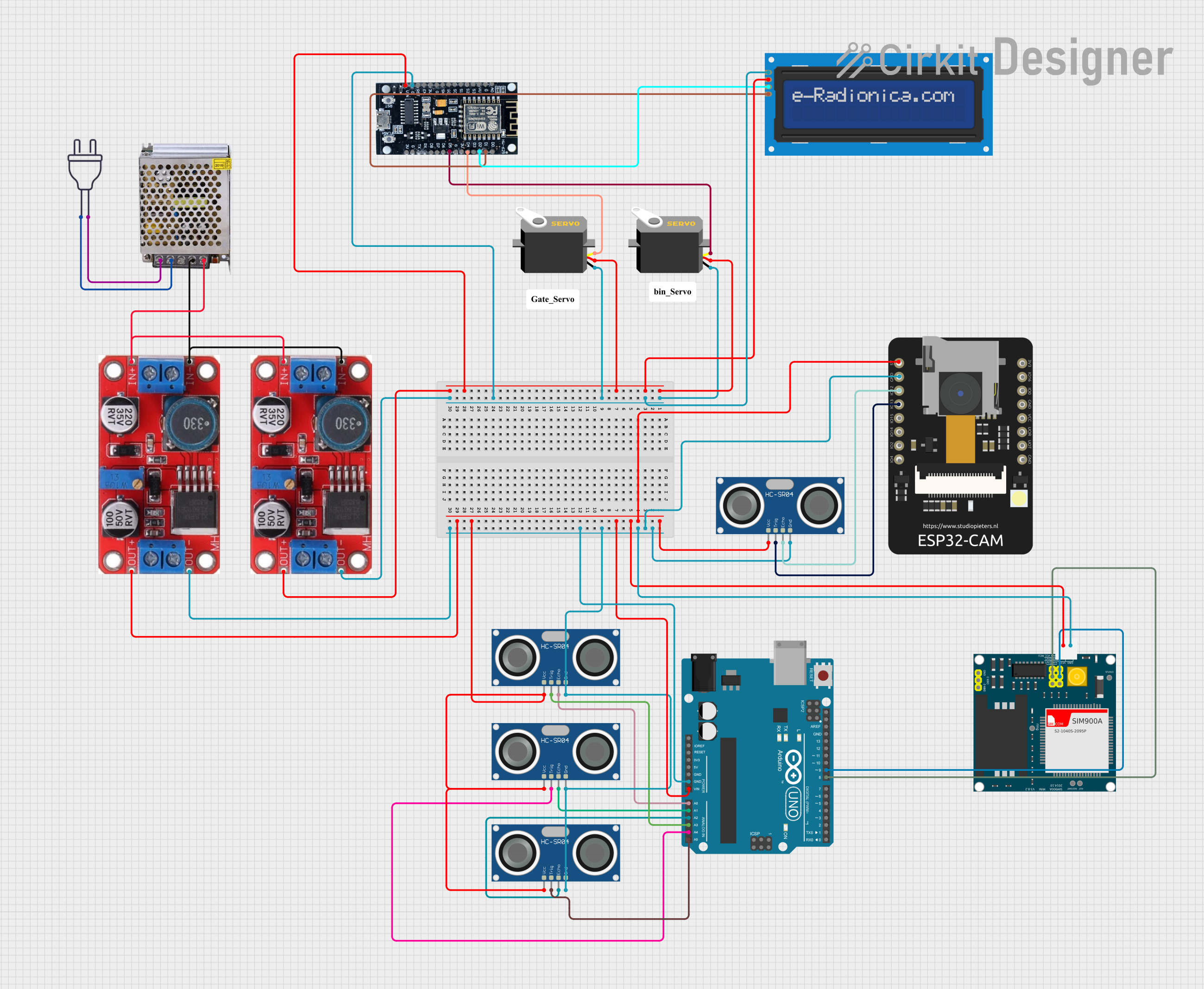
 Open Project in Cirkit Designer
Open Project in Cirkit Designer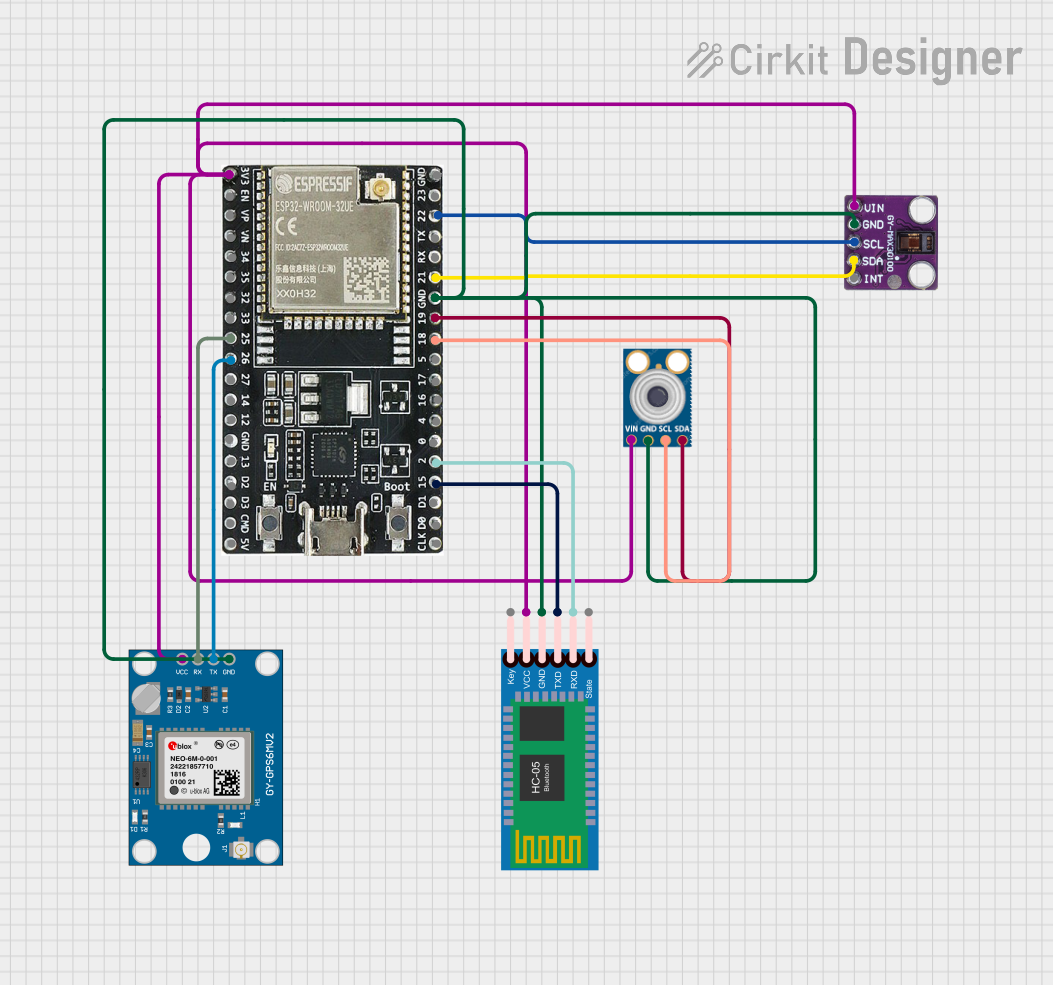
 Open Project in Cirkit Designer
Open Project in Cirkit Designer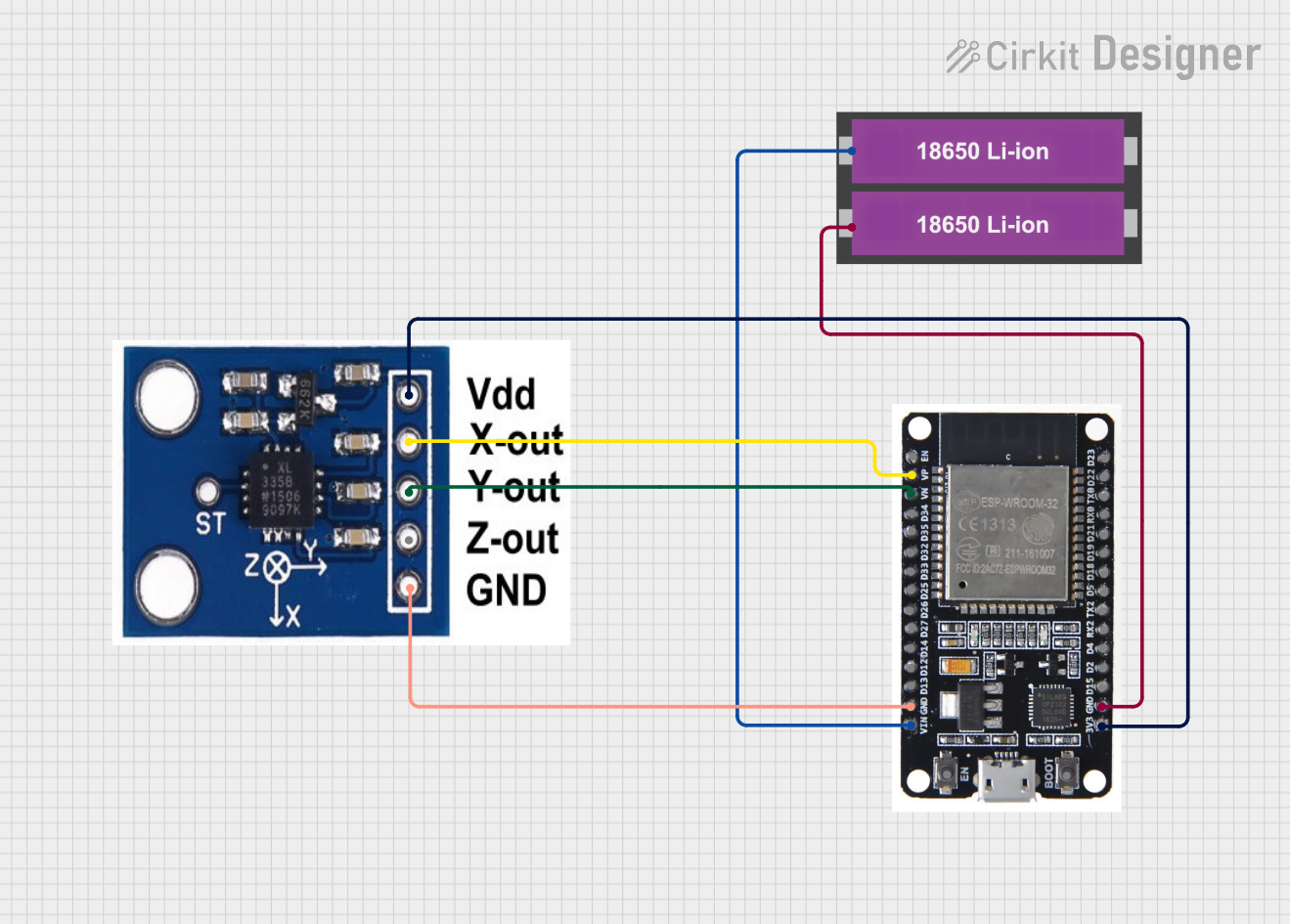
 Open Project in Cirkit Designer
Open Project in Cirkit DesignerExplore Projects Built with ECX336C

 Open Project in Cirkit Designer
Open Project in Cirkit Designer
 Open Project in Cirkit Designer
Open Project in Cirkit Designer
 Open Project in Cirkit Designer
Open Project in Cirkit Designer
 Open Project in Cirkit Designer
Open Project in Cirkit DesignerCommon Applications:
- Microcontroller clock generation
- Communication systems (e.g., RF modules, transceivers)
- Digital signal processing (DSP) systems
- High-speed data transfer circuits
- Precision timing in industrial and consumer electronics
Technical Specifications
Key Technical Details:
| Parameter | Value |
|---|---|
| Manufacturer | SONY |
| Part ID | ECX336C |
| Type | Crystal Oscillator |
| Frequency | 33.333 MHz |
| Supply Voltage (Vcc) | 3.3V ± 5% |
| Output Type | CMOS |
| Frequency Stability | ±20 ppm |
| Operating Temperature | -20°C to +70°C |
| Output Load Capacitance | 15 pF |
| Current Consumption | 10 mA (typical) |
| Package Type | SMD (Surface Mount Device) |
Pin Configuration and Descriptions:
The ECX336C is a 4-pin surface-mount device. The pinout is as follows:
| Pin Number | Pin Name | Description |
|---|---|---|
| 1 | GND | Ground connection |
| 2 | Output | Oscillator output signal (33.333 MHz) |
| 3 | NC | No connection (leave unconnected) |
| 4 | Vcc | Supply voltage (3.3V) |
Usage Instructions
How to Use the ECX336C in a Circuit:
- Power Supply: Connect the Vcc pin (Pin 4) to a stable 3.3V power source. Ensure the supply voltage is within the specified range (3.3V ± 5%).
- Ground Connection: Connect the GND pin (Pin 1) to the circuit's ground.
- Output Signal: Use the Output pin (Pin 2) to provide the 33.333 MHz clock signal to your circuit. Ensure the connected load does not exceed the specified load capacitance of 15 pF.
- No Connection Pin: Leave the NC pin (Pin 3) unconnected.
Important Considerations:
- Decoupling Capacitor: Place a 0.1 µF ceramic capacitor close to the Vcc pin to filter out noise and ensure stable operation.
- PCB Layout: Minimize trace lengths for the output signal to reduce signal degradation and electromagnetic interference (EMI).
- Load Capacitance: Ensure the connected load matches the specified 15 pF to maintain frequency stability.
- Operating Conditions: Use the component within the specified temperature range (-20°C to +70°C) to avoid performance degradation.
Example: Using ECX336C with an Arduino UNO
The ECX336C can be used to provide an external clock signal to an Arduino UNO. Below is an example of how to connect and configure it:
Circuit Connection:
- Connect the Output pin of the ECX336C to the Arduino's external clock input (XTAL1).
- Connect the GND pin to the Arduino's GND.
- Connect the Vcc pin to the Arduino's 3.3V output.
Arduino Code Example:
// Example code to use an external clock signal with Arduino UNO
// Note: This code assumes the ECX336C is connected to the XTAL1 pin
// and provides a 33.333 MHz clock signal.
void setup() {
// Initialize serial communication for debugging
Serial.begin(9600);
Serial.println("ECX336C External Clock Example");
// Configure pin modes if necessary (depends on application)
pinMode(13, OUTPUT); // Example: Use pin 13 as an output
}
void loop() {
// Example: Toggle pin 13 to verify clock operation
digitalWrite(13, HIGH);
delay(500); // 500 ms delay
digitalWrite(13, LOW);
delay(500);
}
Best Practices:
- Use a high-quality PCB design to minimize noise and interference.
- Avoid placing the oscillator near high-frequency switching components.
- Test the circuit under actual operating conditions to ensure stability.
Troubleshooting and FAQs
Common Issues and Solutions:
| Issue | Possible Cause | Solution |
|---|---|---|
| No output signal | Incorrect power supply connection | Verify Vcc and GND connections. |
| Frequency instability | Excessive load capacitance | Ensure load capacitance is 15 pF. |
| High noise on output signal | Poor PCB layout or lack of decoupling | Add a 0.1 µF capacitor near the Vcc pin. |
| Component overheating | Operating outside temperature range | Ensure ambient temperature is within -20°C to +70°C. |
| Arduino not responding to clock | Incorrect connection to XTAL1 | Verify the connection to the Arduino's XTAL1 pin. |
FAQs:
Can the ECX336C operate at a different frequency?
- No, the ECX336C is factory-tuned to operate at 33.333 MHz and cannot be adjusted.
What happens if the load capacitance exceeds 15 pF?
- Exceeding the specified load capacitance can cause frequency drift and instability.
Can I use the ECX336C with a 5V power supply?
- No, the ECX336C is designed for a 3.3V supply. Using a 5V supply may damage the component.
Is the ECX336C suitable for outdoor applications?
- The ECX336C is rated for -20°C to +70°C. If used outdoors, ensure the environment stays within this range.
By following the guidelines and best practices outlined in this documentation, you can effectively integrate the ECX336C into your electronic designs for reliable and precise frequency generation.